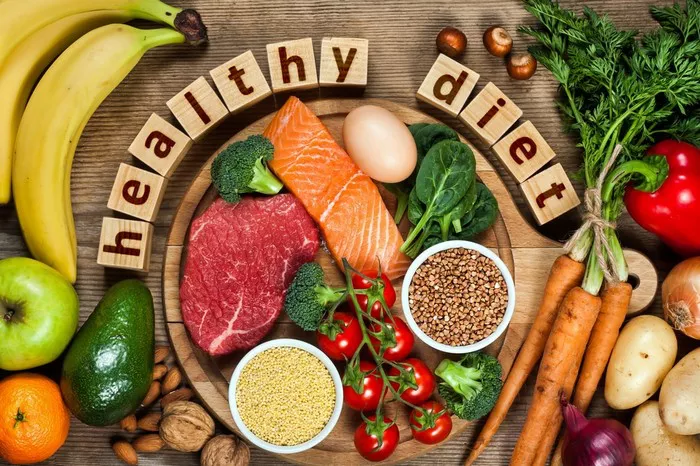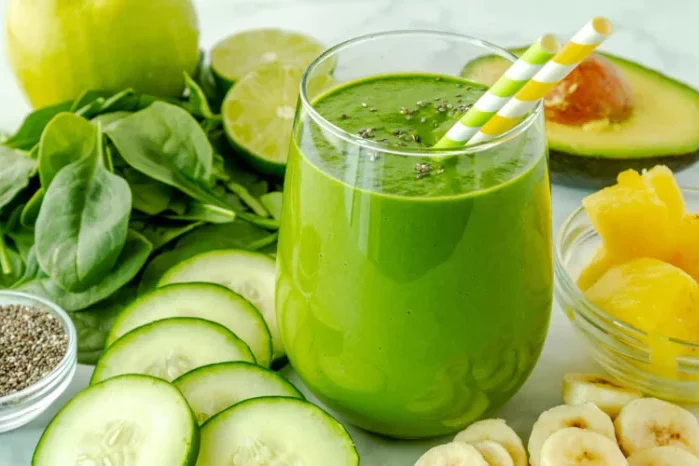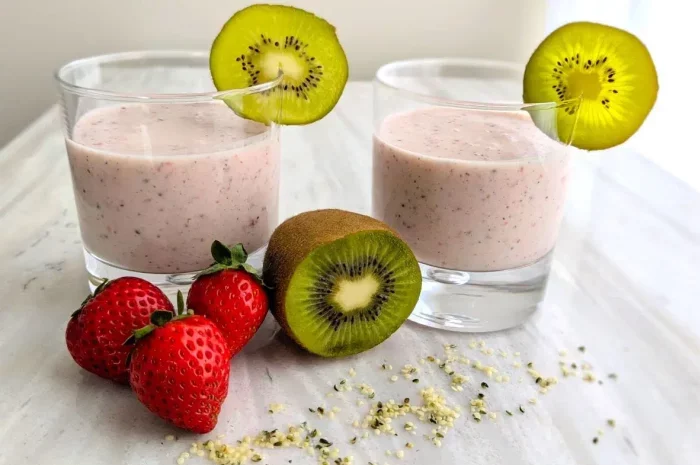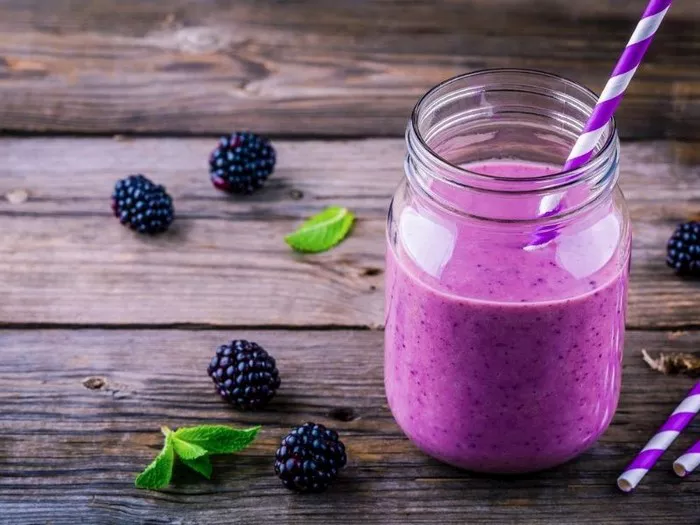The kidneys play a vital role in maintaining our body’s overall health and balance. They are responsible for filtering waste products, excess fluids, and toxins from the bloodstream, regulating blood pressure, and helping to maintain the body’s electrolyte and acid-base balance. When kidney function is impaired, whether due to chronic kidney disease (CKD), kidney stones, or other kidney-related conditions, diet becomes a crucial factor in managing the condition and slowing down the progression of kidney damage. A healthy kidney diet is not just about restricting certain foods; it’s a carefully crafted approach that focuses on providing the right balance of nutrients while minimizing the burden on the kidneys. In this extensive essay, we’ll explore every aspect of what constitutes a healthy kidney diet, from understanding the key nutrients and their impact on kidney health, to specific dietary recommendations for different stages of kidney disease, how to plan and prepare kidney-friendly meals, and the importance of lifestyle factors that work in conjunction with diet to support optimal kidney function.
Understanding Kidney Function and the Impact of Diet
The Role of the Kidneys: The kidneys are complex organs with multiple functions. They filter approximately 120 to 150 quarts of blood each day, removing waste products such as urea, creatinine, and excess electrolytes like sodium, potassium, and phosphorus. These waste materials are then excreted from the body in the form of urine. Additionally, the kidneys help regulate blood pressure by controlling the volume of blood and the levels of hormones like renin. They also play a role in maintaining the body’s acid-base balance by excreting or retaining hydrogen ions and bicarbonate. When the kidneys are not functioning properly, waste products can build up in the body, leading to a range of symptoms and health complications.
How Diet Affects Kidney Health: Diet has a significant impact on kidney health. For example, consuming excessive amounts of certain nutrients like sodium can increase blood pressure, which in turn puts additional stress on the kidneys. High intakes of phosphorus and potassium can be problematic for individuals with impaired kidney function as the kidneys may not be able to effectively excrete these substances, leading to abnormal levels in the blood. On the other hand, ensuring an adequate intake of nutrients like protein in the right amounts is essential for maintaining muscle mass and overall health, but too much protein can also increase the workload on the kidneys. Therefore, a healthy kidney diet aims to strike a balance between providing necessary nutrients and minimizing the strain on the kidneys.
Protein
The Right Amount: Protein is essential for building and repairing tissues, including muscles, bones, and skin. However, in kidney disease, the amount of protein consumed needs to be carefully regulated. For those with early-stage kidney disease and normal kidney function, the recommended protein intake is generally around 0.8 to 1 gram per kilogram of body weight per day. As kidney function declines, a more restricted protein intake may be advised, often in the range of 0.6 to 0.8 grams per kilogram of body weight per day. This is to reduce the amount of waste products, such as urea, that the kidneys have to filter. For example, a 70-kilogram person with early-stage kidney disease might aim for 56 to 70 grams of protein daily, while in later stages, they could reduce it to 42 to 56 grams.
Quality Matters: Not only the quantity but also the quality of protein is important. High-quality proteins contain all the essential amino acids in the right proportions and are more easily digested and utilized by the body. Animal proteins like lean meats (such as skinless chicken breast, turkey, and lean cuts of beef), fish (especially those low in mercury like salmon, trout, and tuna), and eggs are considered high-quality proteins. However, for individuals with advanced kidney disease, plant-based proteins may be preferred in moderation as they produce less waste compared to animal proteins. Good plant-based protein sources include beans, lentils, tofu, and nuts. For instance, a half-cup of cooked lentils contains about 9 grams of protein, and 3 ounces of tofu can provide around 8 grams of protein.
Sodium
Limit Sodium Intake: Sodium is a major component of table salt and is found in many processed and packaged foods. High sodium intake can lead to fluid retention and increased blood pressure, both of which can further damage the kidneys. For individuals with kidney disease, it’s recommended to limit sodium intake to less than 2,000 milligrams per day. This means being cautious about adding salt during cooking and at the table and avoiding high-sodium foods like canned soups, processed meats (such as bacon, sausage, and deli meats), and salty snacks like potato chips. Instead, flavor foods with herbs, spices, and low-sodium seasonings to enhance taste without adding excessive sodium. For example, using garlic, onion powder, cumin, or lemon juice can add flavor to dishes while keeping sodium levels in check.
Reading Labels: Reading food labels is crucial for monitoring sodium intake. Many processed foods have hidden sources of sodium. Look for the “Sodium” or “Salt” content on the label and choose products with lower sodium values. Some foods may be labeled as “low-sodium,” which typically means they contain 140 milligrams of sodium or less per serving, or “very low-sodium,” with 35 milligrams of sodium or less per serving.
Phosphorus
Phosphorus and Kidney Disease: Phosphorus is important for bone health and is found in many foods. In healthy individuals, the kidneys help regulate phosphorus levels in the body by excreting excess amounts. But in kidney disease, phosphorus can build up in the blood (hyperphosphatemia), which can lead to bone problems, including weakening of the bones and an increased risk of fractures. To manage phosphorus levels, dietary restrictions may be necessary.
Controlling Phosphorus Intake: Foods high in phosphorus include dairy products (like milk, cheese, and yogurt), processed meats, and some whole grains. For individuals with kidney disease, it may be recommended to choose lower-phosphorus dairy options like low-fat or skim milk and limit the intake of processed meats. Additionally, some foods have phosphorus additives, which are more easily absorbed by the body than natural phosphorus in foods. Reading ingredient labels and avoiding products with ingredients like phosphoric acid (found in some sodas and processed foods) can help control phosphorus intake.
Conclusion
In conclusion, a healthy kidney diet is a crucial aspect of maintaining optimal renal function and overall health. By focusing on a balanced intake of essential nutrients, limiting sodium and potassium intake, staying hydrated, and incorporating specific foods that support kidney health, individuals can significantly reduce the risk of kidney-related issues. It’s essential to monitor dietary choices carefully, especially for those with existing kidney conditions or those prone to developing them. Regular medical check-ups and consultations with healthcare providers are also vital to ensure that dietary adjustments are appropriate and effective. Remember, the key to a healthy kidney diet is moderation, variety, and awareness of how different foods impact renal health. By making informed choices, individuals can support their kidney health and enjoy a higher quality of life.
Related Topics:
























